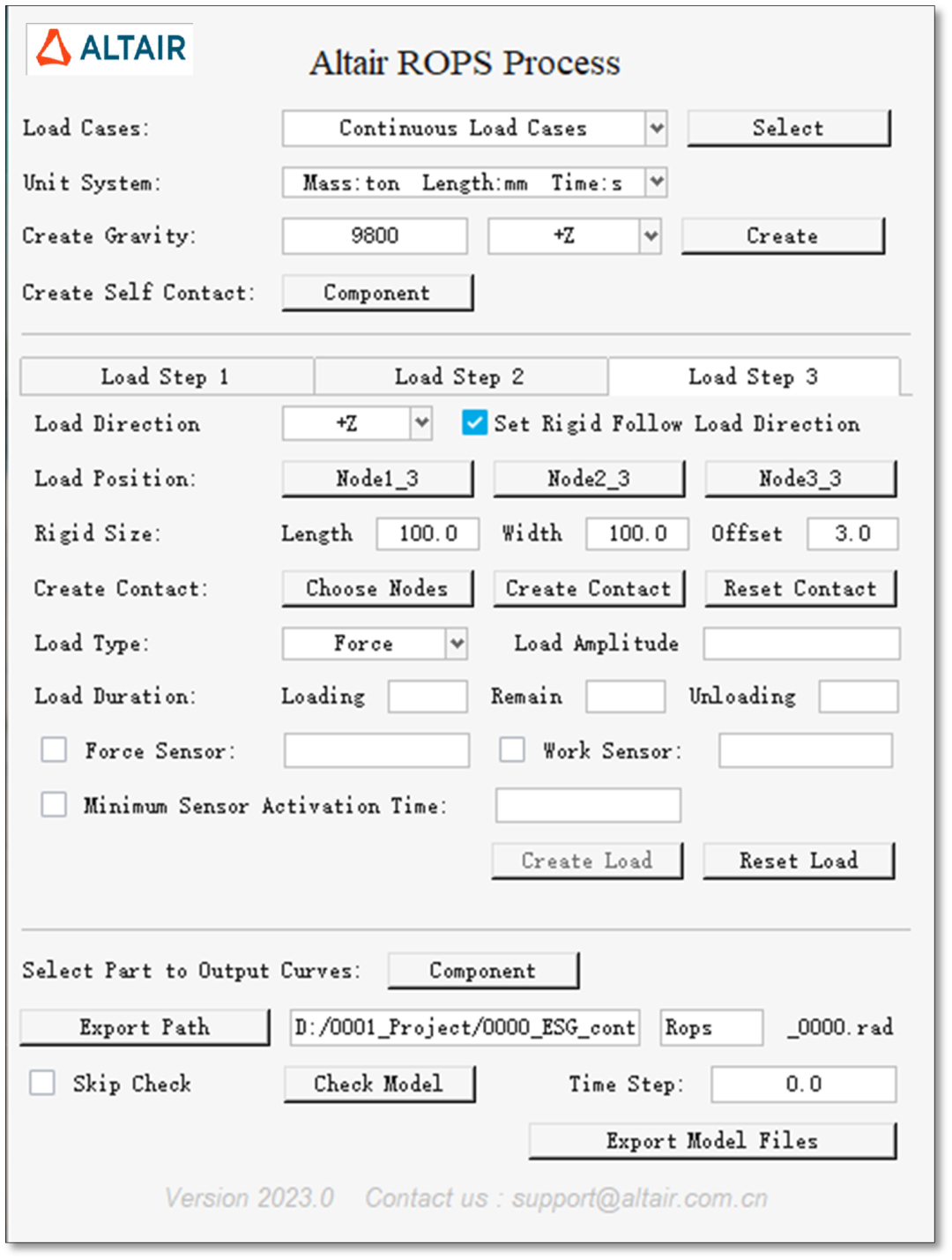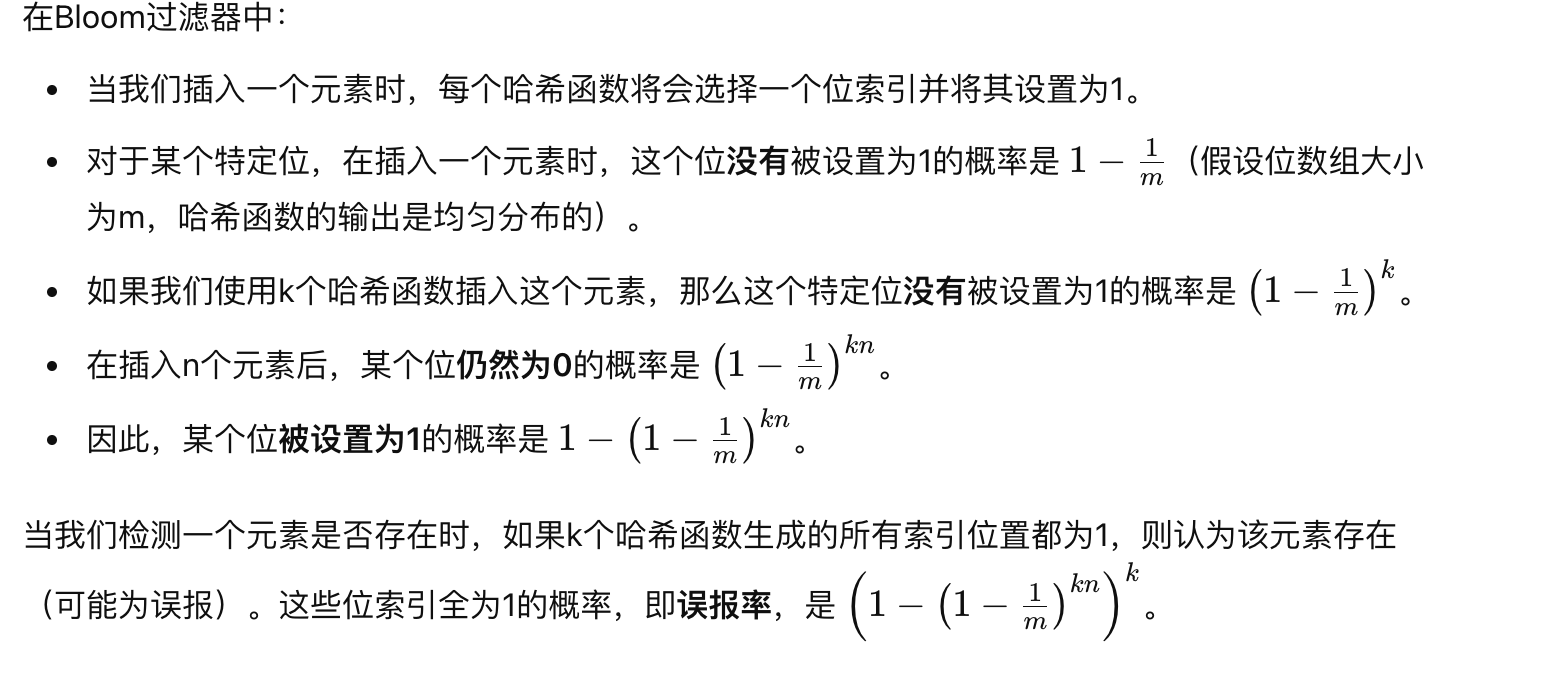1. 异步多线程 (Asynchronous Multithreading)
在C#桌面开发中,异步多线程是提高应用程序响应速度和性能的关键技术之一。以下是几个深入的技术点和示例代码。
1.1 使用async和await实现异步操作
C#的async和await关键字使得编写异步代码变得更加简单。以下是一个示例,演示如何在桌面应用程序中执行异步文件读取操作:
using System;
using System.IO;
using System.Threading.Tasks;
using System.Windows.Forms;
public partial class MainForm : Form
{
public MainForm()
{
InitializeComponent();
}
private async void btnReadFile_Click(object sender, EventArgs e)
{
string filePath = @"C:\path\to\your\file.txt";
string content = await ReadFileAsync(filePath);
MessageBox.Show(content, "File Content");
}
private async Task<string> ReadFileAsync(string filePath)
{
using (StreamReader reader = new StreamReader(filePath))
{
return await reader.ReadToEndAsync();
}
}
}
1.2 使用Task.Run实现后台任务
单线程:

多线程:

在需要将耗时操作放到后台执行时,可以使用Task.Run方法。下面的示例展示了如何使用Task.Run来执行一个耗时的计算任务,而不阻塞UI线程:
using System;
using System.Threading.Tasks;
using System.Windows.Forms;
public partial class MainForm : Form
{
public MainForm()
{
InitializeComponent();
}
private async void btnCalculate_Click(object sender, EventArgs e)
{
int result = await Task.Run(() => LongRunningCalculation(1000000));
MessageBox.Show($"Calculation Result: {result}", "Result");
}
private int LongRunningCalculation(int max)
{
int sum = 0;
for (int i = 0; i < max; i++)
{
sum += i;
}
return sum;
}
}
干货链接:微软文档介绍
2. 异步事务 (Asynchronous Transactions)
在处理数据库事务时,异步编程可以显著提高性能,特别是在桌面应用程序中。下面的示例展示了如何使用Entity Framework进行异步事务处理。
2.1 使用Entity Framework实现异步事务
using System;
using System.Data.Entity;
using System.Threading.Tasks;
public class OrderService
{
private readonly MyDbContext _context;
public OrderService(MyDbContext context)
{
_context = context;
}
public async Task<bool> ProcessOrderAsync(Order order)
{
using (var transaction = _context.Database.BeginTransaction())
{
try
{
_context.Orders.Add(order);
await _context.SaveChangesAsync();
var inventory = await _context.Inventories.FindAsync(order.ProductId);
inventory.Quantity -= order.Quantity;
await _context.SaveChangesAsync();
transaction.Commit();
return true;
}
catch (Exception)
{
transaction.Rollback();
return false;
}
}
}
}
3. 递归 (Recursion)
递归是一种解决问题的有效方法,特别是在处理层级结构或分治问题时。在桌面应用程序中,递归可以用于文件夹遍历、菜单构建等场景。
3.1 文件夹递归遍历
以下示例展示了如何使用递归遍历文件夹并列出所有文件:
using System;
using System.IO;
using System.Windows.Forms;
public partial class MainForm : Form
{
public MainForm()
{
InitializeComponent();
}
private void btnBrowse_Click(object sender, EventArgs e)
{
using (FolderBrowserDialog dialog = new FolderBrowserDialog())
{
if (dialog.ShowDialog() == DialogResult.OK)
{
string folderPath = dialog.SelectedPath;
ListFiles(folderPath);
}
}
}
private void ListFiles(string path)
{
foreach (string file in Directory.GetFiles(path))
{
listBoxFiles.Items.Add(file);
}
foreach (string directory in Directory.GetDirectories(path))
{
ListFiles(directory); // 递归调用
}
}
}
3.2 菜单构建的递归方法
使用递归方法动态生成菜单结构:
using System;
using System.Collections.Generic;
using System.Windows.Forms;
public partial class MainForm : Form
{
public MainForm()
{
InitializeComponent();
BuildMenu(menuStrip1.Items, GetMenuItems());
}
private List<MenuItem> GetMenuItems()
{
return new List<MenuItem>
{
new MenuItem { Name = "File", SubItems = new List<MenuItem>
{
new MenuItem { Name = "New" },
new MenuItem { Name = "Open" }
}},
new MenuItem { Name = "Edit", SubItems = new List<MenuItem>
{
new MenuItem { Name = "Undo" },
new MenuItem { Name = "Redo" }
}},
};
}
private void BuildMenu(ToolStripItemCollection menu, List<MenuItem> items)
{
foreach (var item in items)
{
ToolStripMenuItem menuItem = new ToolStripMenuItem(item.Name);
menu.Add(menuItem);
if (item.SubItems != null && item.SubItems.Count > 0)
{
BuildMenu(menuItem.DropDownItems, item.SubItems); // 递归调用
}
}
}
}
public class MenuItem
{
public string Name { get; set; }
public List<MenuItem> SubItems { get; set; }
}
这些示例和技术点应该能够帮助你深入理解C#桌面开发中的异步多线程、异步事务和递归。你可以直接将这些代码应用于你的项目中,也可以根据需要进行调整。
如果对你有帮助,请关注支持一下哈!我会持续输出更加努力的!



















